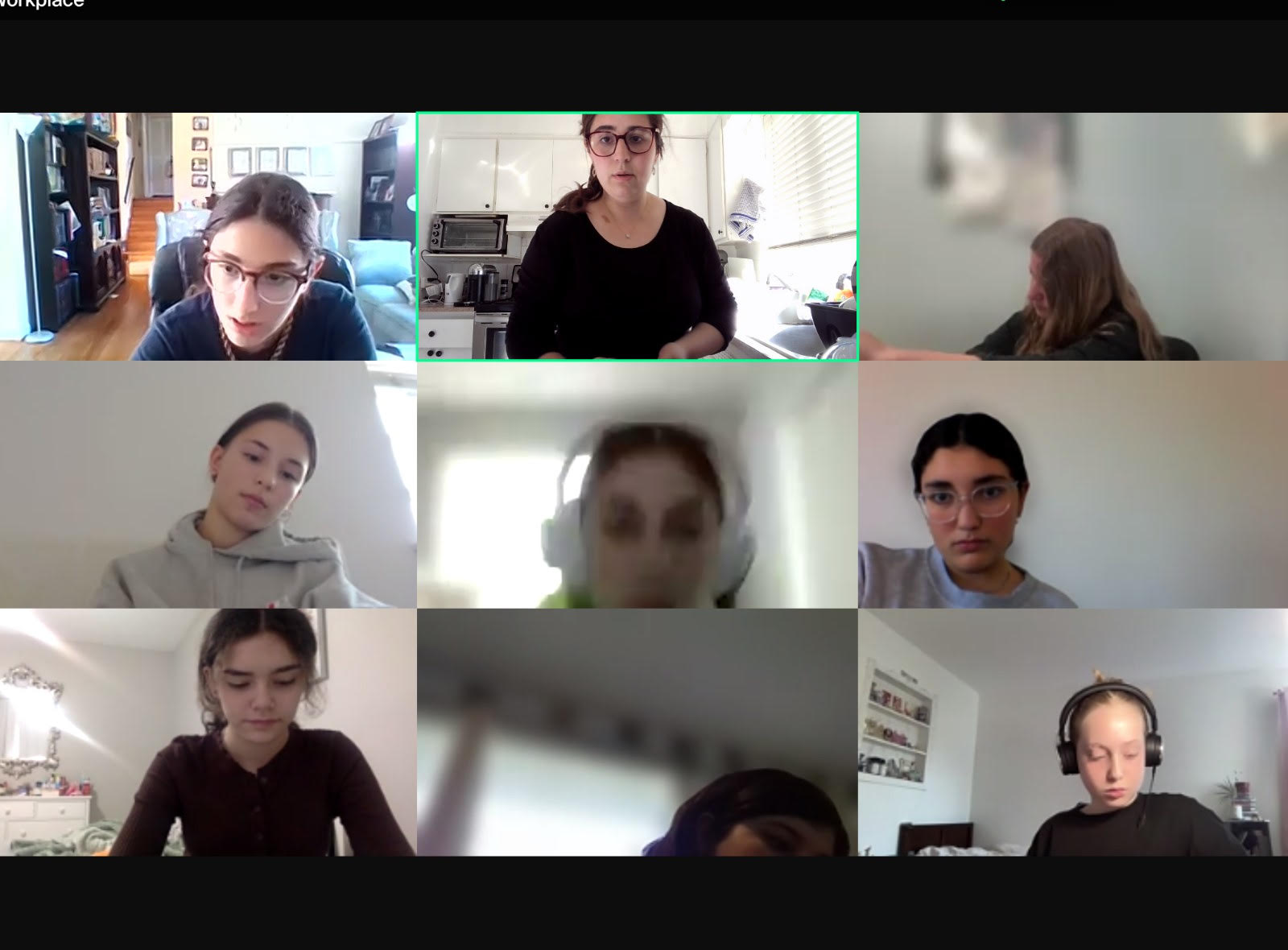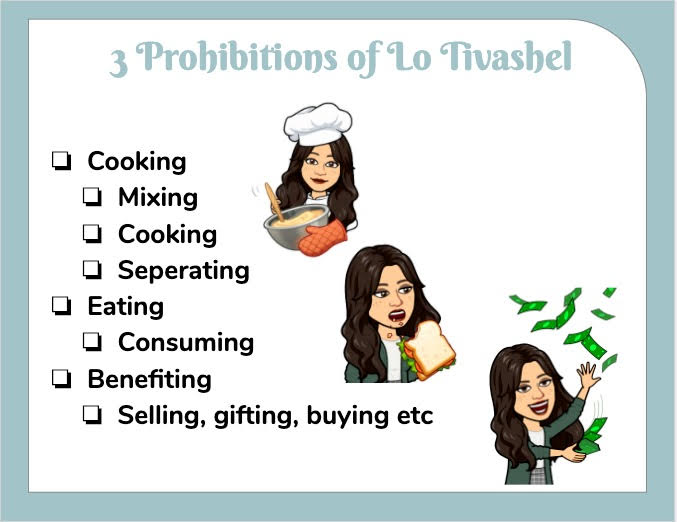Bringing Halacha to Life: A Hands-On Approach to Teaching Kashrut and Shabbat Cooking

Understanding Jewish law, especially when it comes to detailed topics like the laws of Kashrut (kosher dietary laws) and cooking on Shabbat, can be challenging to picture in a practical setting. Morah Aviana, an 8th-grade teacher in our Jewish online school, takes a unique approach to bridge the gap. To help her students connect with these intricate laws, she virtually brings them into her kitchen and makes each halacha come alive.
A Hands-On Lesson in Kashrut
Morah Aviana begins each year with a foundational unit on the laws of keeping a kosher kitchen. Rather than explaining these rules through textbooks alone, she invites her students to observe real-life demonstrations, bringing them into her kitchen virtually to explore the everyday practices of separating milk and meat, understanding the temperature of yad tzoledet bo, and more.
To illustrate yad tzoledet bo, Morah Aviana demonstrates by holding her hand above an open flame, showing the exact threshold of heat that qualifies as halachically significant—the point at which one’s hand recoils. This hands-on display gives her students a real sense of how temperature plays a crucial role in kosher cooking. From this experience, they learn why dishes, cookware, and utensils for meat and dairy must be kept separate, and even why hot surfaces require careful consideration when mixing foods.
To emphasize the separation of milk and meat, Morah Aviana sets up placemats at her table. Each placemat represents either milk or meat items, visually demonstrating how these must remain distinct, even in close proximity. This visual setup of a “kosher kitchen” helps students understand the importance of boundaries in food preparation, making these abstract laws feel real and practical.
Kli Rishon, Sheini, and Shlishi: When Heat Transfer Matters
A highlight of Morah Aviana’s teaching method is her lesson on the different types of vessels—kli rishon, kli sheini, and kli shlishi—that affect cooking and heat transfer on Shabbat. According to halacha, how food is heated impacts whether it’s considered “cooked” on Shabbat, which makes understanding these vessels essential.
She explains that a kli rishon (primary vessel) is one directly on the heat source, like a pot on a stove. A kli sheini (secondary vessel) holds food that has been transferred from a kli rishon, reducing its cooking potential. Finally, a kli shlishi (tertiary vessel) further minimizes heat impact. To demonstrate, she uses a piece of salmon, showing how heat from a kli sheini can still affect the food, cooking its outer layer. This hands-on illustration brings halacha to life, allowing students to see why each type of vessel matters in Shabbat food preparation.
Shabbat Cooking: Planning and Preparing
Morah Aviana’s curriculum also includes the intricacies of preparing dishes for Shabbat. She gives each student a course to prepare for a Shabbat meal, asking them to determine if the dish can be made on Shabbat or why it must be prepared in advance.
Each student selects a food—such as a dip, salad, or cooked dish—and applies the principles they’ve learned to decide whether they can prepare it on Shabbat. This exercise encourages critical thinking and reinforces lessons on bishul (cooking) restrictions, including limitations on chopping and mashing. This project helps students learn to plan and prepare thoughtfully, while also internalizing the specific halachic guidelines surrounding Shabbat cooking.
Kashering and Bitul Beshishim: Practical Application
When learning about bitul beshishim (the principle of nullification in kosher law), Morah Aviana demonstrates with her milk and meat pots, showing the students what happens if a spoon from one falls into a pot of the other. Through these real-life scenarios, her students learn how to assess and handle typical kitchen challenges according to halachic guidelines. From pots to utensils, each item in her kitchen becomes a teaching tool, helping students build a practical, functional understanding of kashrut laws.
Making Halacha Real
Through Morah Aviana’s hands-on, practical approach, her students aren’t just learning theory—they’re experiencing it. By bringing halacha into the context of daily life, her students can truly connect with their heritage, gaining the skills and knowledge they need to observe these practices independently.
In the end, it’s more than a class—it’s a meaningful experience that bridges tradition with daily life, making these halachot an integral part of each student’s personal journey in Jewish learning and observance.

